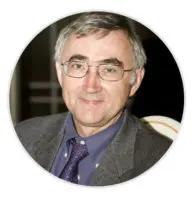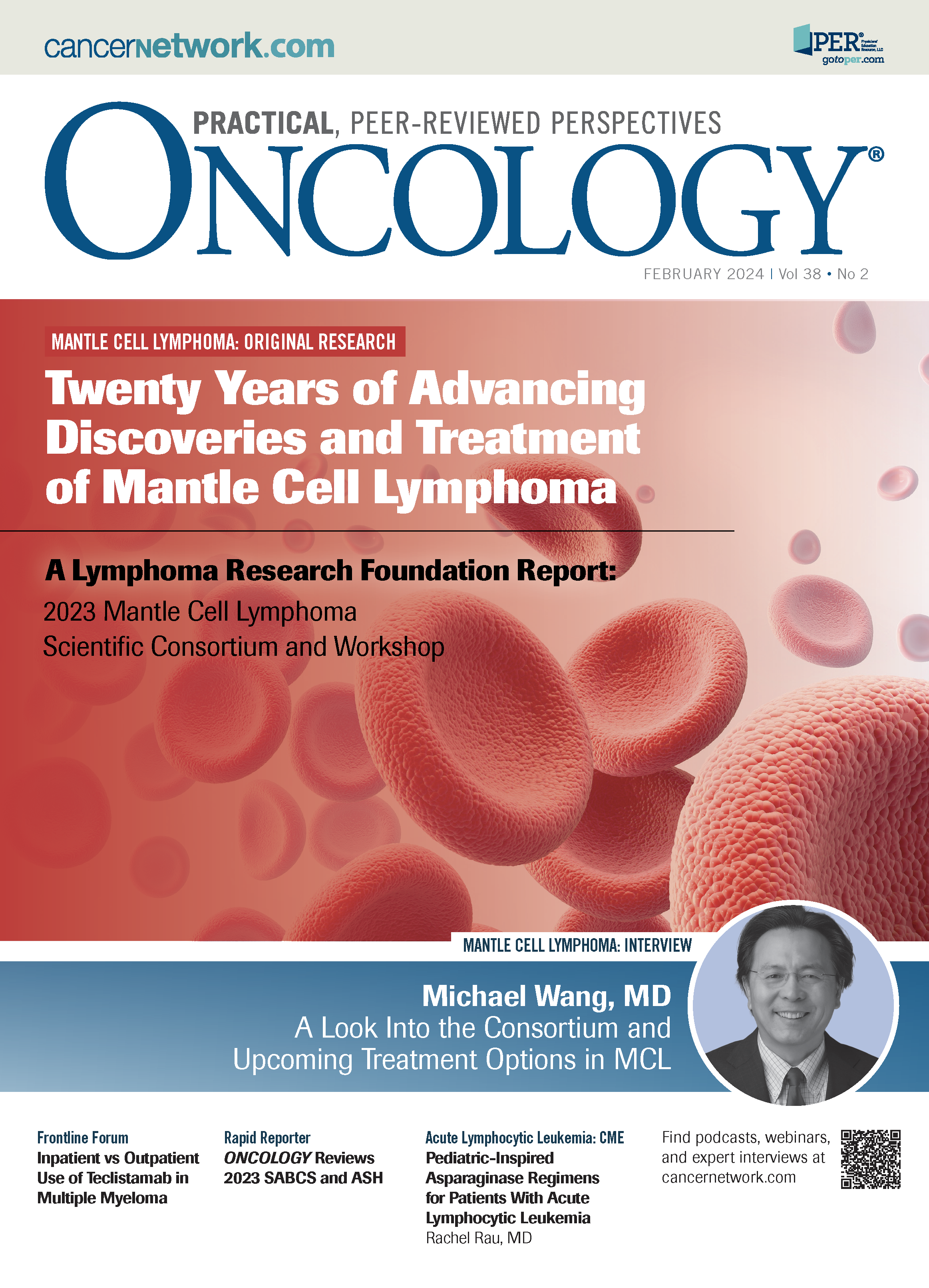Recent Advances in the Understanding of MCL Biology
Elias Campo, MD, PhD, provides insight into biological subtyping and the tumor microenvironment relating to mantle cell lymphoma.
Elias Campo, MD, PhD, provides insight into biological subtyping and the tumor microenvironment relating to mantle cell lymphoma.

Mantle cell lymphoma (MCL) is not a homogeneous disease, but rather a disease with 2 distinct biological subtypes, according to Elias Campo, MD, PhD.
Campo also highlighted that there have been substantial advancements in the treatment of patients with MCL, with new drugs and new strategies that are improving survival rates. Campo, research director and professor of anatomic pathology at the Hospital Clinic of the University of Barcelona in Spain, spoke with CancerNetwork regarding his presentation from the Lymphoma Research Foundation 20th MCL Consortium and Scientific Workshop.
Through his research, Campo has found that MCL can be classified into two subtypes based on the cell of origin and the genetic makeup of the tumor. These subtypes have different clinical outcomes, with one subtype being more aggressive than the other. This finding has important implications for treatment, as it suggests that patients with different subtypes of MCL may benefit from different treatment approaches.
Throughout the interview, Campo provides a brief overview of the recent advances in the understanding of MCL biology. These advances have led to improved treatments for patients with MCL, and they continue to provide hope for the future.
Are there any research findings that have significantly impacted the understanding of MCL biology?
Campo: The initial observations were clinical observations when we started to study MCL years ago. It was considered to be a homogeneous and aggressive disease, but then there were clinical observations in which the tumor was not so aggressive, as was the general agreement for this type of reflux. What we asked ourselves was: Are those tumors that are behaving more indolently just the beginning of the disease and will [they] become aggressive [later], or is it a tumor with a different biology and different molecular characteristics? Through trying to answer this question, we set up a series of experiments, and that’s what we have been substantiating. Recently, from different perspectives, the summary of these results was to propose that MCL was not a homogeneous disease; it was a disease in which we could identify 2 major biological subtypes of the disease with different biological features, different cell of origin, and different clinical evolution. [We found] that eventually, both will end up as aggressive disease, but regarding the beginning of the disease, one was useful in terms of growing and progressing and the other was faster. In spite of these different biological characteristics, we identified that both subtypes had the same genetic hallmark of the disease, the t(11;14) translocation. We thought that it was the same disease with 2 different pathways of evolution. It’s important in all the clinical sites of the patients to know which of the [subtypes of this disease the patient has] because patients with different biological subtypes might respond to different treatments and different paces of evolutions of the disease.
What topic do you think was most prevalent that was discussed during the consortium?
Campo: In the last few years, we’ve seen a substantial advancement in the treatment of patients with new drugs, new strategies that come in different families of treatments, new inhibitors, receptors, antiapoptotic tracks targeting the apoptotic pathways, and ongoing therapeutic strategies together with classical treatments. This results in substantial advancements in the improvement of the outcome of patients with longer survival rates. These new treatments also [come] with new challenges because we see how the biology of the tumor advances with these new treatments. Some of them are resistant to these new therapies. Some of these tumors are resistant from the beginning. We started to see, on one side, how good novel therapies were and our strategies [to incorporate them into treatment]. On the other hand, [we looked at] how these tumors are resistant to treatment. If we understand the mechanism of being refractory and resistant, we might be able to design new therapies that take into consideration these methods.
Until now, we have been concentrating on the biology of the tumor cells, and that has been important to understand how the cells evolved. There were several presentations that reflect the interests of the community. In addition to the tumor cells, [other topics discussed included] the host cells, the immune system, the tumor microenvironment, where each one of these cells is growing, and how the cells that are surrounding the tumor cells are interacting with the tumor. These are new perspectives that may help us to understand biology, but also there are a lot of mechanisms of resistance to the tumor cells.
The third point is that we started to see evidence that not all patients with MCL need the same therapeutic approach. Based on the biology of the tumor, we have patients who need intravenous control for long periods with nonchemotherapy protocols. For patients with not very aggressive disease, we can control the disease without introducing very harmful or infectious regimens. New treatments and new mechanisms of resistance and being refractory emphasize the tumor microenvironment and different strategies for different types of patients based on the biology of tumors.
Looking ahead, where do you think future research efforts should be focused in the MCL field?
Campo: Many of these tumors are complex in terms of biology. We need to accomplish different aspects, so it’s difficult to [name] just one focus. All of them are interactive. The tumor is biologically heterogeneous, so we don’t completely understand what the drivers of these different biologies are, why we are seeing some patients have stable disease for so many years, and why some patients develop the disease quickly and others slowly. We still need to understand that better. [In addition, another focus should be on] the opposite side of the disease. Why do some patients have very difficult-to-treat, aggressive disease up front? Understanding this biology better will lead us to key aspects to target it more aggressively. That biology is important to try to design drugs and therapies that might control or even cure the disease without harming the patient. Lastly, understanding how the tumor cells and the host interact is also an area of increasing interest.
Are you currently involved in any research you would like to highlight?
Campo: We are starting to treat tumor cells with high-resolution approaches. We are also trying to understand the economic implications and epigenetic alterations in cells. There is still much to discover in how the genes are regulated in the different biology of the tumors. Epigenetic modification of the tumor cells is important. Also important is how the tumor cells influence each host to facilitate the progression of those two. How the tumor evolves with different treatments and how they overcome these treatments are the main goals of our science.
